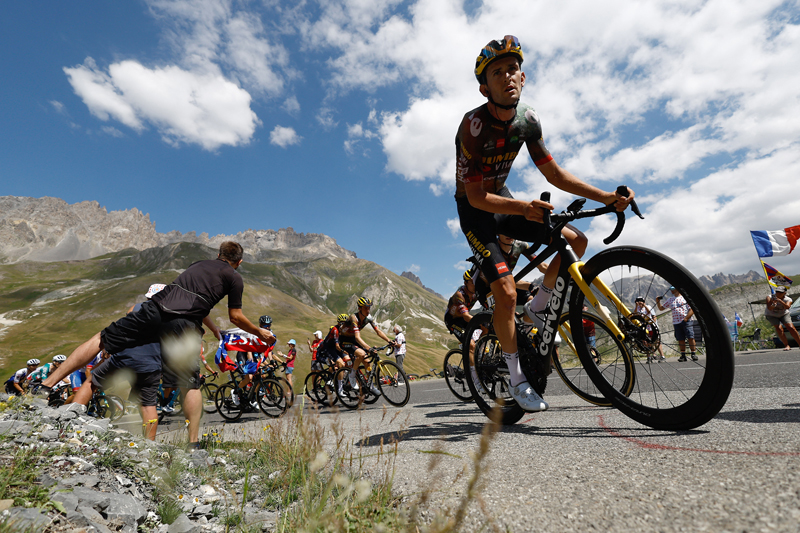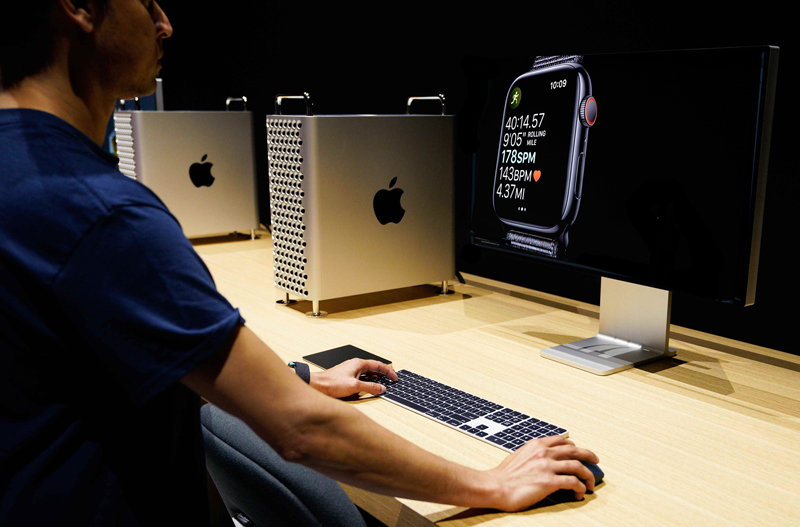The power of warm-ups: maximise your potential

Previous research (reported here in Sports Performance Bulletin) has shown that including some very high-intensity resistance exercises such as high-load leg presses in a warm up procedure before a subsequent 20km time trial, can produce a dramatic increase in cycling performance. How is this so? Well, the most likely answer lies in something known as ‘post-activation muscle potentiation’, which is a well-established phenomenon in sport. Post-activation potentiation occurs in fast twitch (high power) muscle fibres, and its main effect is to enhance muscle force at sub-maximal activation levels for a short duration of time following previous intense muscle activation.
But while the science of post-activation potentiation (PAP) is sound, the problem for most would-be cyclists about to embark on a time trial is that stumbling across a leg-press machine or barbell and squat rack at the start line of a race is highly unlikely! With that in mind, researchers have explored whether a more practical cycling-specific warm up applying the same principles could be an effective alternative – and the results make for interesting reading.
PAP: the best way to warm up?
In a fascinating study, a team of British researchers from the University of Chester looked at whether they could induce PAP in the cycling muscles, not by using weight training loading, but instead by using some short but high-intensity bursts on the bike during a warm up procedure [J Strength Cond Res. 2017 Mar 25. doi: 10.1519/ JSC.0000000000001908]. To do this, ten well-trained male endurance cyclists (an aerobic capacity [VO2max] of around 65mls/kg/min) performed two 4km cycling time trials on two separate occasions. However, the warm up procedure used before each time trial differed:- Before one time trial, the cyclists simply pedalled for 6.5 minutes at a constant intensity of 60% of their VO2max – ie a low-to-moderate intensity.
- Before the other time trial, they pedalled for 5 minutes at 60% VO2max but then added 3 x 10-second bursts at 70% of peak power (very intense) interspersed with 30-seconds recovery after each burst.
The findings
The key finding was that when the cyclists performed the PAP-inducing warm up containing the three high-intensity 10-second bursts, they completed the time trial significantly faster knocking just under two seconds off and averaging five extra watts of power. These performance benefits were particularly evident during the first 1500m of the time trial, which led the researchers to conclude that this kind of warm-up protocol can indeed produce a PAP effect, which can enhance cycling performance. [Epub ahead of print]Sports Performance Bulletin verdict
This is not the first study to show that PAP can help endurance performance. As we mentioned above, the use of leg press exercises ten minutes before a time trial has been shown to produce performance gains of 6% in a 20km time trialJ Strength Cond Res. 2014 Sep;28(9):2513-20. Also, studies have shown that harnessing post-activation potentiation can be helpful to other athletes such as sprintersJ Sports Sci. 2013;31(10):1117-24. What is different about this study are the practical implications; any cyclist can turn up at the start line of a time trial and apply this technique – not just elite cyclists awaiting to head out onto the track. More research is needed – for example, the best combination of burst intensity, length and recovery interval - but for now at least 3 x 10 seconds seems a good place to start. In the meantime, try the suggestions below and watch out for a forthcoming in-depth article on this topic.Practical suggestions
- For a PAP-inducing warm up, try adding three 10-second bursts in your warm up routine.
- Start with five minutes at low to moderate intensity pedalling then add in the bursts.
- Ensure the bursts are performed at the end of the warm up and that no longer than ten minutes elapses between the end of your warm up and the start of the time trial or race (as the PAP effects will fade after this time).
- Use a relatively high gear for your bursts – this will increase the force and involvement of fast-twitch muscle fibres in your legs, which will enhance the PAP effects.
You need to be logged in to continue reading.
Please register for limited access or take a 30-day risk-free trial of Sports Performance Bulletin to experience the full benefits of a subscription. TAKE A RISK-FREE TRIAL
TAKE A RISK-FREE TRIAL
Newsletter Sign Up
Testimonials
Dr. Alexandra Fandetti-Robin, Back & Body Chiropractic
Elspeth Cowell MSCh DpodM SRCh HCPC reg
William Hunter, Nuffield Health
Newsletter Sign Up
Coaches Testimonials
Dr. Alexandra Fandetti-Robin, Back & Body Chiropractic
Elspeth Cowell MSCh DpodM SRCh HCPC reg
William Hunter, Nuffield Health
Keep up with latest sports science research and apply it to maximize performance
Today you have the chance to join a group of athletes, and sports coaches/trainers who all have something special in common...
They use the latest research to improve performance for themselves and their clients - both athletes and sports teams - with help from global specialists in the fields of sports science, sports medicine and sports psychology.
They do this by reading Sports Performance Bulletin, an easy-to-digest but serious-minded journal dedicated to high performance sports. SPB offers a wealth of information and insight into the latest research, in an easily-accessible and understood format, along with a wealth of practical recommendations.
*includes 3 coaching manuals
Get Inspired
All the latest techniques and approaches
Sports Performance Bulletin helps dedicated endurance athletes improve their performance. Sense-checking the latest sports science research, and sourcing evidence and case studies to support findings, Sports Performance Bulletin turns proven insights into easily digestible practical advice. Supporting athletes, coaches and professionals who wish to ensure their guidance and programmes are kept right up to date and based on credible science.









